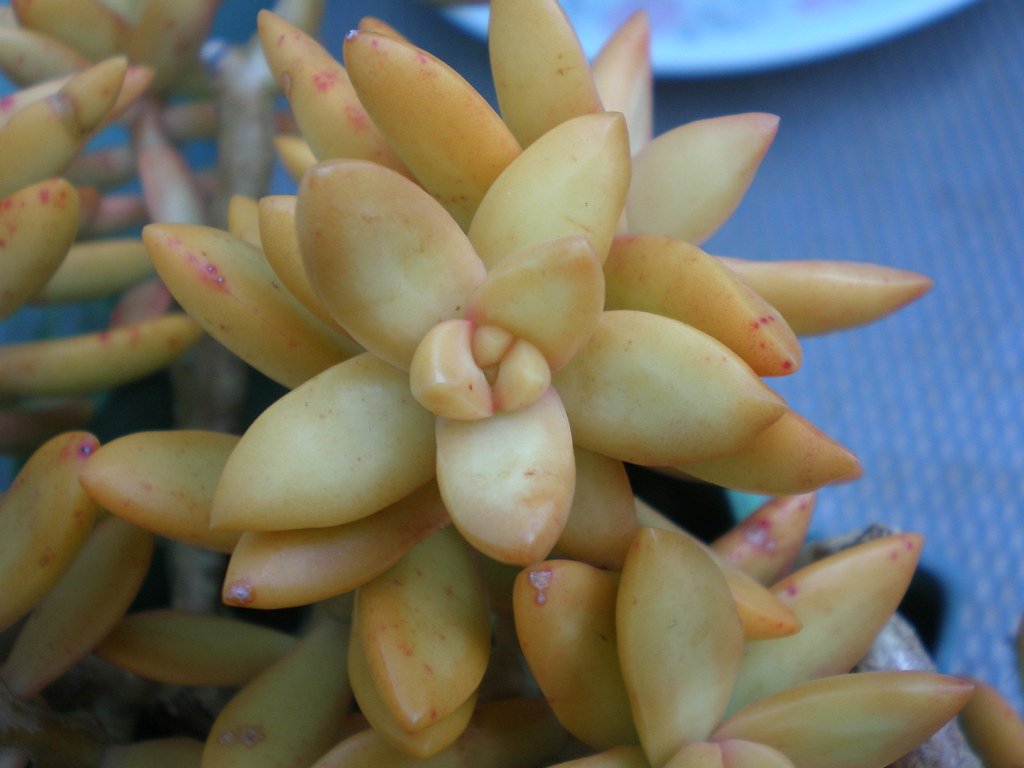Overwatering succulents is a major issue usually faced by succulents lover who has got their succulents recently.
Due to having a lesser idea about the plants’ care, they overwater their newly brought succulents which ultimately results in this problem.
Succulents are basically habituated in the harsh atmosphere with less water. So, overwatering succulents can lead to health issues.
One needs to understand the signs of overwatering and work on the issue immediately after recognizing it for the betterment of their lovely succulents.
Overwatering succulents can become a grave issue if it remains untreated.
What does Overwatered Succulent & Cacti look like?

Overwatering succulents & cacti harm the plant’s body parts, especially its leaves. The leaves of the succulents start rotting whenever they get overwatered.
The leaves at the lower part of its body start turning yellow and transparent. One can feel them mushy when they touch it. It happens when the succulents start rotting.
Sometimes one can find their leaves shriveled even due to overwatering. Rotten roots are another sign of overwatering succulents.
Within a few days of overwatering a succulent, it starts looking weak and its leaves start falling off even with a slight touch. The stem can also have discoloration along with black and brown spots.
The leaves will start getting blisters which should leave marks on them permanently. The plant also stops growing properly.
How to save an Overwatered or Rotting Succulent?
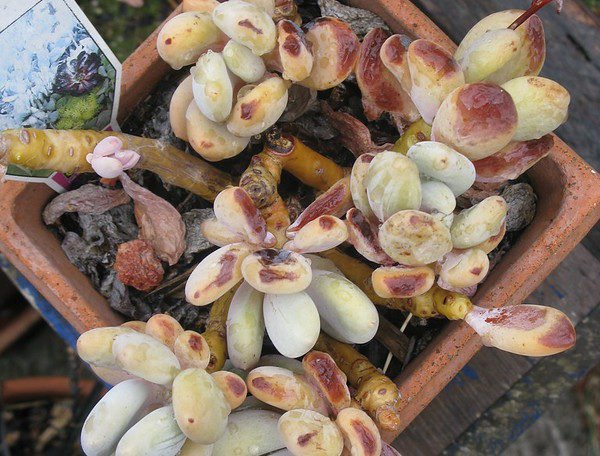
Succulents store water in their stem, leaves, and roots to survive harsh conditions. So, their body parts are like balloons that have enough space to work as water storage.
When someone overwaters succulents, they somehow force them to adjust in a condition with more water than they need.
Overwatering succulents do lead the plants to absorb more water than their capacity which ultimately bursts their balloon-like body parts by destroying the cell structure of their body.
These damaged body parts invite fungal and bacterial infections and result in rot at the end.
There are three types of rots that occur due to overwatering succulents:
1. Leaf Rot
Overwatering makes the leaves much more water than their capacity and they get damaged due to that. Damaged tissues get easily infected by fungus and start rotting.
Solution :
If anyone finds their plant’s leaves rotting, they should immediately remove those leaves.
2. Stem Rot
Black or brown spots start appearing on the stem due to rot. The stem takes up much later than its capacity and becomes soft and squishy.
Solution :
If the stem rot is not widely spread then removal of the rot can save the plant. But if it is grave then more steps to get followed.
One should cut the portion which is rotted at first. If they find any further rot inside then they have to remove the whole part which is infected.
The uninfected part should be left out of the soil for a few days to get healed and later it can be reported.
3. Root Rot
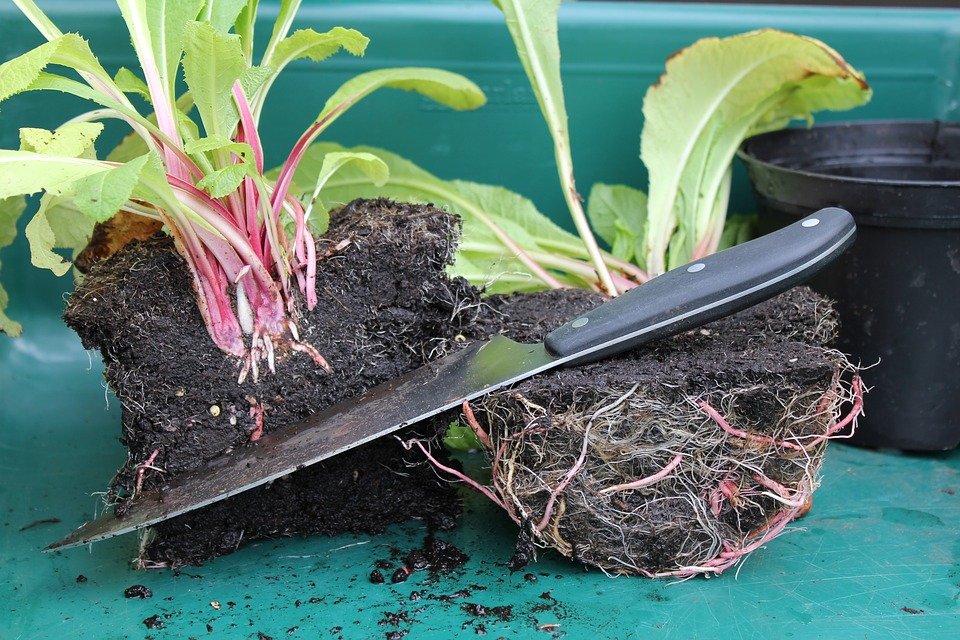
Roots get rotten due to overwatering. Wet soil is the main reason behind it. The plant can lose even 50% of its roots because of root rot.
The leaves shrivel in this case as the roots die and the succulent starts lacking water and nutrients. It looks like the plant is underwatered though it is overwatered.
Solution:
Root rot is much more severe than the above-mentioned two types of rots as they are the most important body part of a plant.
If the root rot is not severe then there is a better chance of the succulent to survive.
In the case of minimum root rot, one should take the plant out of the soil. It needs to get squeezed lightly to drain excess water from it if any and then left out of the soil for the following 2-3 days to get dried.
Once it dries up, plant it in a dry soil mix to avoid rot again. One can use the previous soil as well if it gets dried till then.
But in severe cases, the succulent needs to get removed from the soil and the roots must get rinsed well with clear water.
Rotten roots should get identified and pruned properly to avoid further rot. It should be left out of the soil for the next 2-3 days to dry up and planted to a dry soil mix.
One should not use the previous soil in this case as the soil might contain fungi. It can cause rot again. The container must get cleaned well before reusing to avoid fungal infections.
Rooting hormones also can get to accelerate the growth of the roots. With the help of it, new roots can appear within a few weeks.
- Few things one should not forget while repotting the succulent :
Use a pot having a hole at the bottom for proper drainage. - Use an appropriate succulent mix of soil to repot. The soil must have a portion of sand and small stones in it. So that it will get drained well.
- Only water when the top 2 inches of the soil is totally dry. Or else the issue of overwatering will reappear.
- Look out for further rots even after repotting. If any appears, take steps immediately after recognizing it.
How to avoid Overwatering a Succulent?
1. Choose the right pot
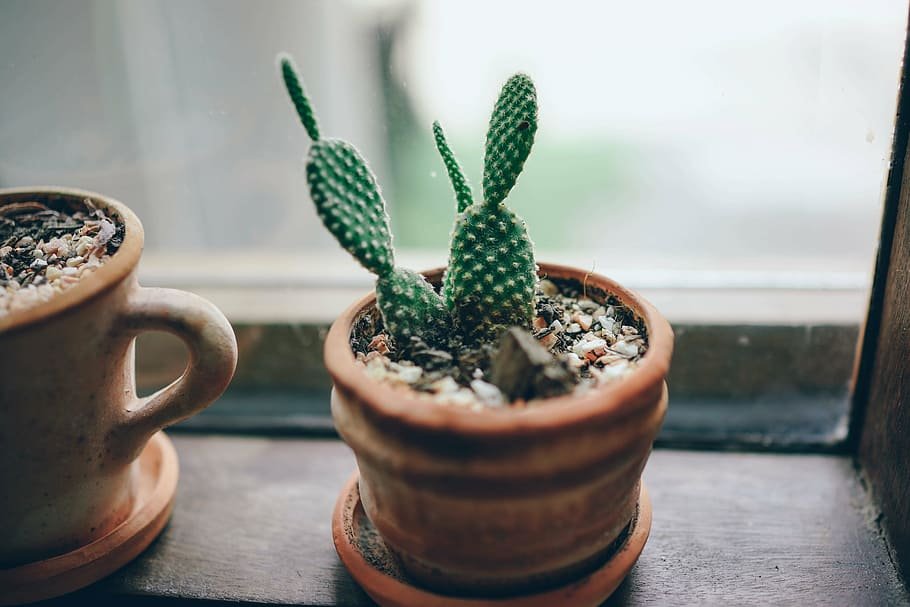
The potted one chooses for their succulent must-have features to drain water well. It must have a hole at the bottom of the pot to drain excess water immediately.
The material of the pot can help in absorbing moisture also. So clay, concrete and terracotta pots are best for succulents.
2. Appropriate soil mix
The soil for the succulents must be well-draining also. Regular potting soil can be harmful to succulents as it holds much moisture for a longer period of time. It can cause rot to succulents.
The appropriate succulent mix must contain non-organic contains like perlite, pumice, turface, poultry grit, and sand which helps in airflow.
It also must contain organic contains like coconut coir, bark, and peat moss to sustain essential moisture and add nutrients to the soil.
know more on best Cacti and Succulent Fertilizer (Organic/Inorganic) from daily kitchen scraps.
3. Measure the water you are providing your Succulent
Always measure how much water you are pouring in the pot of your succulent. A marked measuring cup can be applicable in this case.
This is mandatory if your plant’s pot doesn’t have any hole at its bottom for drainage. The right percentage of water depends totally on the size of the pot if it doesn’t have a proper drainage system.
4. Proper watering schedule
One has to become habituated with a proper watering schedule. Succulents don’t need much water to survive and they must get watered weekly or once in a few weeks.
Though it differs from succulent to succulent. Some need water more frequently than others. And to understand it, one needs to understand their plants’ needs.
You should stick to your watering schedule to keep your plants healthy.
5. Measure or understand soil moisture
Measuring or understanding the moisture of the soil can help one to decide whether to water it or not.
It can be conducted in a few ways :
- One can understand if the soil is wet or not by lifting the pot. If it is extremely light then right after watering the pot then the soil in it must have got dry.
When it becomes the lightest then it is the right time to water it. - If the top two inches of the soil is completely dry then it might be time to water the pot.
- Though it can be a wrong decision also as the dryness of the top two inches of the soil doesn’t assure that the deeper portion of soil is totally dry.
- Use a stick to understand it. Poke it deep enough in the soil and leave it for a few minutes there.
- After a few minutes drag it out and if you find the portion of it which was inside the soil, wet and has moist soil on it then it is not the right time to water yet. One should water their succulents only when the soil is totally dry.
- One can also use gadgets to measure the accurate moisture of the soil.
6. Use a spray bottle
Using a spray bottle gives you an idea of how much water you are providing to your plant. Though it has a negative impact also if it does not get applied properly.
The negative impact of using a spray bottle is that if one sprays water on the leaves and stems can make the plant grow unwanted aerial roots. So, spray only the base of the main stem to avoid this situation.
Misting builds a tendency in people to spray the plants more frequently than it needs. It ultimately harms the plant by keeping the soil wet all the time.
7. Dormancy
Most of the succulents enter their dormancy period in cooler seasons. In this period they lessen their water intake.
A succulent that needs to get watered once in a week only needs to get watered once in a month in its dormancy period.
So it is better to water them when their leaves start shriveling or deflating. Or else overwatering can make your succulent rot.
People usually keep their succulents inside in cooler seasons using grow lamps to skip the issues that can be caused during dormancy.
8. Sensitive Succulents
There are some succulents who are more sensitive towards overwatering than other succulents. Few of them are Echeverias, Lithops, Mesembs, and some species of cacti.
One should wait for their leaves to get shriveled a bit to water. It is easy to revive shriveled plants than rotten plants.
9. Repot when the Succulent Overgrows the pot
Along with its life cycle, the succulents need to get repotted as they overgrow their base pot. Or else its roots can block the hole of the pot disturbing the drainage which will ultimately initiate rot.
Read more on benefits of repotting succulents and cacti.
Preferred soil mix for Succulents

Succulents can not survive in the usual potting soil. Regular potting soil does not drain quickly and the moisture in the soil makes the plant’s roots rot.
Succulents need a special mix of soil containing a few organic and non-organic components for better drainage.
Succulents mix must contain perlite, pit moss, bark, small stones, surface, poultry grit, coarse sand, coconut coir, and pumice.
Issues due to Overwatering Aloe Vera
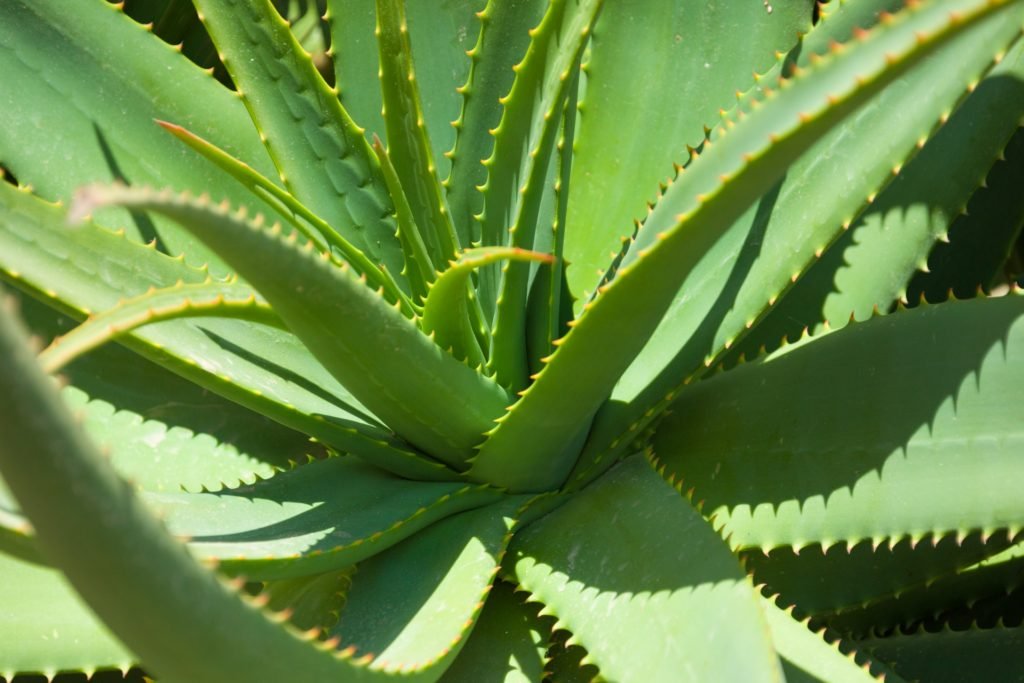
Aloe vera is a succulent plant whose requirements are also very less like any other succulent.
Aloes also need well-drained soil to thrive.
Aloes need to be planted in a pot with a hole at the bottom. One should also keep pebbles at the bottom layer of soil for better drainage.
Moist soil can be harmful to them. An overwatered aloe looks droopy, brown and its leaves become soft and mushy if it gets overwatered. The leaves get soft spots in them due to overwatering the aloe vera.
Solution:
If you face any issue regarding overwatering with your aloe vera, immediately remove it from the soil and let it dry for the next few days. If there is any rot then cut it away. Once the wounds get callused repot it in a pot of dry succulent mix.
Issues due to Overwatering a Cactus

Cacti love drought. They need drought to thrive. They also don’t need much water to thrive like Succulents. Overwatering cacti their roots rot very easily.
Cacti roots are sensitive to overwatering. Overwatering cacti initiates their roots rot at first which affects the other body parts of the plant. The plant body aboveground gets brown and soft once the roots die.
Overwatering symptoms are quite deceiving in cacti. At the first stage of overwatering cacti, their aboveground body grows but the root underground deteriorates.
Solutions:
Use a cacti soil mix that drains quickly. Use a pot having a hole at the bottom to drain water fast. Water the cacti only when the soil is totally dry.
In winter, water the plant only once a month or even lesser than that according to its need. And don’t forget to empty the saucer on which you place the pot whenever it gets water-filled.
Find the 10 best hanging Cacti & succulents here.
Issues due to Overwatering an Echeveria –
Echeveria is a kind of succulent that is quite popular. They are typically non-hardy succulents who are pretty sensitive in the case of Overwatering.
Overwatering echeverias have the same symptoms as a succulent usually have due to it. Echeverias gets root, stem, and leaf rot due to overwatering. Soft, mushy, and dropping leaves are among the other few symptoms of it.
Solutions:
Echeverias need moderate moisture to thrive. They want neither too wet nor too dry soil. If the soil is too dry, the roots can get shriveled. So, make a watering habit according to your plant’s needs.
When you water an echeveria, don’t water the flower-like plant body. Only water the soil.
Use well-draining succulent mix soil and a pot with proper drainage features for the planting. Empty the saucer kept at the base of the pot whenever it gets filled with water.
